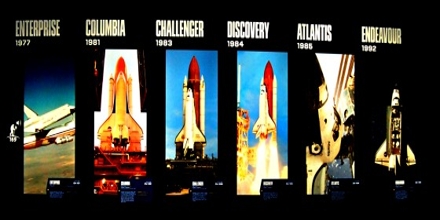
Being considered as the final act of the Space Race, the competition would only gradually be replaced with cooperation. Meanwhile, the US landed five more Apollo crews on the Moon and continued exploration of other extraterrestrial bodies robotically.Ī period of détente followed with the April 1972 agreement on a co-operative Apollo–Soyuz Test Project (ASTP), resulting in the July 1975 rendezvous in Earth orbit of a US astronaut crew with a Soviet cosmonaut crew and joint development of an international docking standard APAS-75. The USSR pursued two crewed lunar programs, but did not succeed with their N1 rocket to launch and land on the Moon before the US, and eventually canceled it to concentrate on Salyut, the first space station programme, and the first time landings on Venus and on Mars. However, such an opinion is generally contentious, with others attributing the first man in space as being a much larger achievement. Kennedy's Moon landing goal was achieved in July 1969, with the flight of Apollo 11, a singular achievement considered by the Americans as overshadowing any combination of Soviet achievements that have been made.

Both countries began developing super heavy-lift launch vehicles, with the US successfully deploying the Saturn V, which was large enough to send a three-person orbiter and two-person lander to the Moon. Kennedy to raise the stakes on by asking the US Congress to commit to the goal of "landing a man on the Moon and returning him safely to the Earth" before the end of the decade. Gagarin's flight led US president John F. These were followed by a string of other early firsts achieved by the Soviets over the next few years. It gained momentum when the USSR sent the first human, Yuri Gagarin, into space with the orbital flight of Vostok 1 on April 12, 1961. The competition gained Western public attention with the " Sputnik crisis", when the USSR achieved the first successful satellite launch, Sputnik 1, on October 4, 1957. The launching of satellites was enabled by developments in ballistic missile capabilities since the end of World War II. Four days later, the Soviet Union responded by declaring they would also launch a satellite "in the near future". The competition began on Jwhen the United States announced its intent to launch artificial satellites for the International Geophysical Year. The Space Race brought pioneering launches of artificial satellites, robotic space probes to the Moon, Venus, and Mars, and human spaceflight in low Earth orbit and ultimately to the Moon.

The technological advantage demonstrated by spaceflight achievement was seen as necessary for national security, and became part of the symbolism and ideology of the time. It had its origins in the ballistic missile-based nuclear arms race between the two nations following World War II. The Space Race was a 20th-century competition between two Cold War rivals, the Soviet Union and the United States, to achieve superior spaceflight capability.


 0 kommentar(er)
0 kommentar(er)
